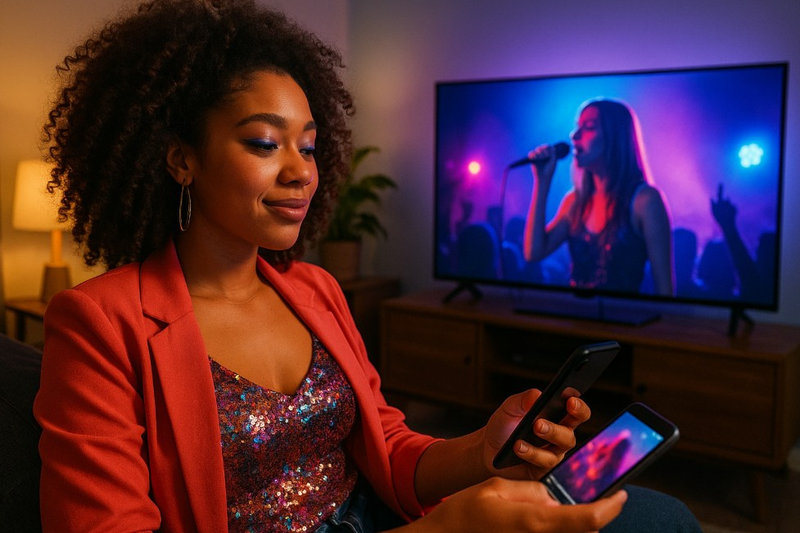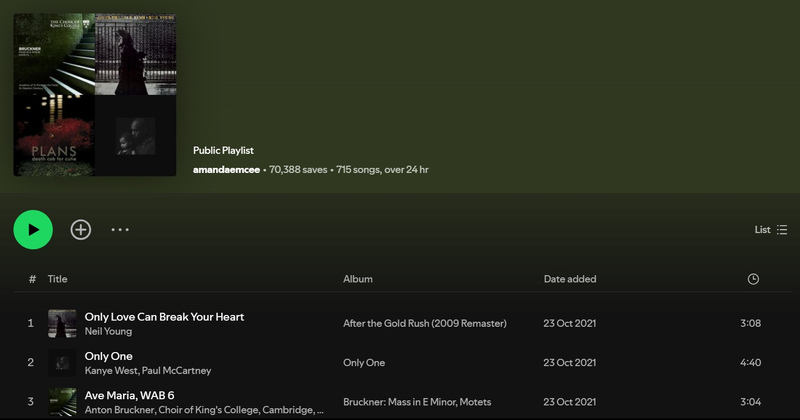
In the fast-changing world of digital creativity, the boundaries between art, music, lifestyle, and technology are blending.
Today, artists and audiences live in an ecosystem where inspiration can strike anywhere. From a viral video to a trending TikTok sound. Platforms, tools, and creative apps have given rise to a new kind of cultural energy. That defines how people express themselves.
As entertainment spaces like Vave Casino Ireland bring communities together through digital engagement. The creative world thrives on innovation and connection. Whether you’re a musician, designer, or content creator.
Understanding this rhythm of modern creativity is key to staying relevant and inspired.
Technology: The New Stage for Artists
Technology has completely reshaped the creative process. In the past, making music or art often required expensive equipment, professional studios, or gallery access. Now, a smartphone and a few apps can be enough to produce high-quality work. Musicians record albums in their bedrooms. Designers create digital art from cafés, and filmmakers edit short films on tablets.
Software like GarageBand, Ableton Live, and FL Studio. It has made music production accessible to anyone willing to learn. Social media platforms — from YouTube to TikTok. It acts as both stage and marketing tool. Allowing creators to share their art with a global audience.
As MIT Technology Review says, this democratization means creativity can come from anywhere. You no longer have to be living in a major city or have record label backing to hew a following. The next big musician, digital artist, or influencer could emerge from a small town; technology offers the doorway to the world stage.
The Changing Face of Music

Music has always been about emotion, rhythm, and storytelling. But in today’s era, it’s also about accessibility and adaptability. Streaming services have revolutionized how artists release music and how fans discover it. Algorithms recommend songs that match listeners’ moods. While playlists have become the new radio stations.
Independent musicians now have more control than ever before. They can upload their songs track analytics. And engage with their audience through social media. This shift has created an ecosystem where creativity is not about art. But also about strategy and community building.
Collaborations are another powerful trend. Artists from different genres and cultures work together more, thanks to digital tools. A DJ in Berlin can collaborate with a rapper in London or a guitarist in Tokyo without ever meeting in person. This fusion of sounds and styles keeps music fresh and diverse.
Visual Identity and Branding
In the digital age, an artist’s image is as important as their sound. Visual storytelling through album covers, Instagram feeds. And even fashion choices — helps define identity. Many creators build a consistent aesthetic that becomes part of their brand.
Think of artists like Billie Eilish or The Weeknd, who use color, imagery. And emotion to build worlds around their music. Even independent creators can achieve this with free tools. This combination of sound and style helps audiences connect more . With their favorite artists, creating loyalty that goes beyond one song or album.
The Role of Social Media

Social media platforms are no longer for promotion. They’re creative spaces in themselves. Short-form video platforms like TikTok and Instagram Reels. These are shaping the sound of modern pop culture. Many chart-topping hits today started as snippets of sound trending online.
For creators, this is both an opportunity and a challenge. The opportunity lies in exposure — anyone can go viral overnight. The challenge, but, is maintaining authenticity and quality in a fast-paced environment. The best creators find a balance between following trends. And expressing their true artistic voice.
As BBC Culture remarks, social media also allows fans to be more connected with artists. Live streams, Q&A sessions, and behind-the-scenes posts make audiences a part of the creative journey. This interaction builds stronger fan communities and casual listeners into lifelong supporters.
Education Through Creativity
Beyond entertainment, the rise of creative technology has opened new doors for education. Online platforms like MasterClass, Skillshare, and YouTube have made learning artistic skills more accessible than ever. Aspiring musicians can study production techniques, visual artists can learn digital design, and writers can explore storytelling methods — all from their own homes.
This accessibility has created a generation of self-taught creators who mix traditional knowledge with digital innovation. It also encourages cross-disciplinary creativity: a musician might learn graphic design to create their own album art, or a filmmaker might study sound editing to enhance their work.
Lifestyle and Creativity
No more is creativity mainly an art thing; it is becoming a lifestyle. People are getting creative with everything: fashion, fitness, cooking, home design — you name it. This is amplified by the digital world of Pinterest and Instagram, which transform even common moments into a thing for creative inspiration.
To further inspire on how creativity shapes modern life, consider checking out the various insights into lifestyle on this site as one thoughtfully contemplates how personal growth and balance meet imagination in daily life.
